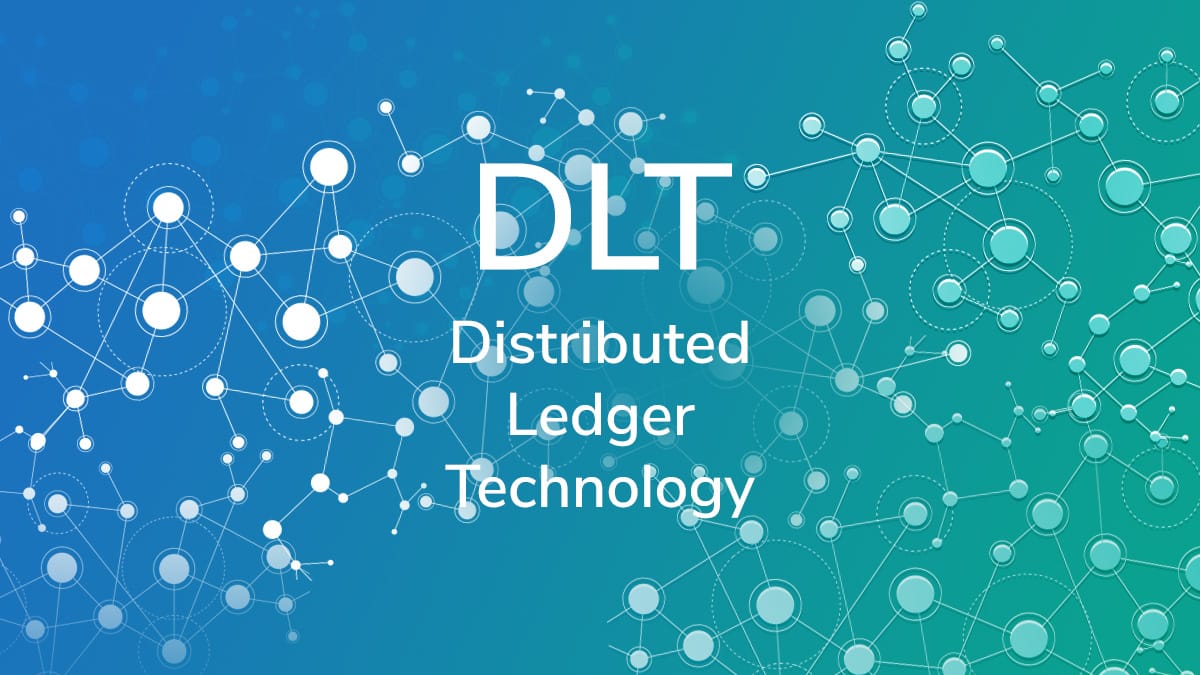What is a DLT?
DLT (Distributed Ledger Technology) describes cutting-edge technologies using decentralized databases for processing, storing and sharing data. The content of a distributed ledger is synchronized and shared within its network.
Open and Regulated Distributed Ledgers
Open Ledgers are open to anyone interested. The best known are Blockchains (Bitcoin is a Blockchain network). Within this network the participants have common write and read rights. Participants in regulated ledgers must meet certain criteria in order to gain access.
With cryptocurrencies, the accounts are not stored centrally (like in a a bank). They’re stored decentrally in different locations. For security reasons they are encrypted with mathematics, this encryption is called “cryptography”. It serves to secure the data against manipulation and unauthorized reading.
Transactions with IOTA, Bitcoin etc. are not “paused” for 1 – 3 days as is common with banks. Depending on the technology, there are different types of consensus mechanisms that confirm the transactions. Open distributed ledgers mainly use the proof-of-work mechanism. Although it requires a high level of computing power, it replaces the required trust. In contrast, regulated ledgers create the foundation for trust by verifying their customers. This enables them to use the less computation-intensive proof-of-stake process.

What are blocks (of a blockchain)?
Blockchains store the data of all transactions in blocks. The blocks of a blockchain are organized linearly. Each new one is appended to the existing chain. These blocks can be described as a single page of an account book. Whether you think of a ledger as a cash book, land register or share register – the basic principle is the secure and permanent storing of data.
What types of DLT are there?
- Blockchain (Bitcoin, Ethereum etc.)
- DAG (Directed Acyclic Graph) (e.g. IOTA)
- Hybrid